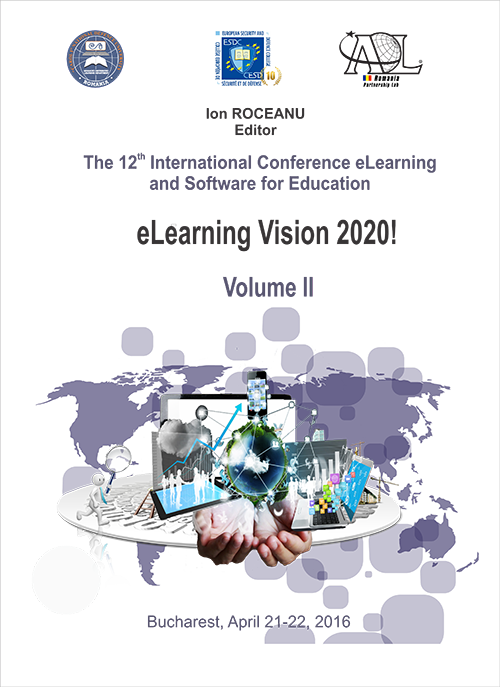SMART PHONES IN THE ASPECT OF LEARNING AND SOCIAL COMMUNICATION: IDENTIFYING THE ACTUAL USAGE AMONG POSTGRADUATE STUDENTS IN UNIVERSITI SAINS MALAYSIA
SMART PHONES IN THE ASPECT OF LEARNING AND SOCIAL COMMUNICATION: IDENTIFYING THE ACTUAL USAGE AMONG POSTGRADUATE STUDENTS IN UNIVERSITI SAINS MALAYSIA
Author(s): Mariam MOHAMAD, Zuliana GhazaliSubject(s): Media studies, Communication studies, Theory of Communication, ICT Information and Communications Technologies, Sociology of Education
Published by: Carol I National Defence University Publishing House
Keywords: smart phones usage; learning; social communication; Malaysia;
Summary/Abstract: The use of smart phones among postgraduates in Malaysia has become indispensable in recent times. This study aims to identify the intended use of smart phones among students in terms of educational and social communication purposes. This study is quantitative in nature with exploratory study as the research design. Data was analyzed using Statistical Packages for Social Sciences (SPSS) version 2.1. The study established that students were positive towards the use of smart phones for learning purpose, with no significance difference between male and female. In regard to age, for students age less than 45, they are inclined to use smart phones as a medium to gain information, to surf the internet as well as to access the e-learning portal provided by the university. However, for students age more than 45, they prefer to use laptop or desktop computers for aforementioned activities as the result from the screen limitation. The study also established that students were positive towards the use of smart phones for social communication purpose, with no significance difference between male and female. In regard to age, for students age less than 45, they are inclined to use smart phones as a medium of communication, through SMS, WhatsApp, Telegram and WeChat rather than making phone calls. However, for students age more than 45, they prefer over the phone conversations rather than using social communication applications. As the conclusion, this study provides significant findings that could point out the future direction of smart phone usage among postgraduate students in Malaysia for learning and social communication purposes.
Journal: Conference proceedings of »eLearning and Software for Education« (eLSE)
- Issue Year: 12/2016
- Issue No: 02
- Page Range: 536-543
- Page Count: 8
- Language: English

